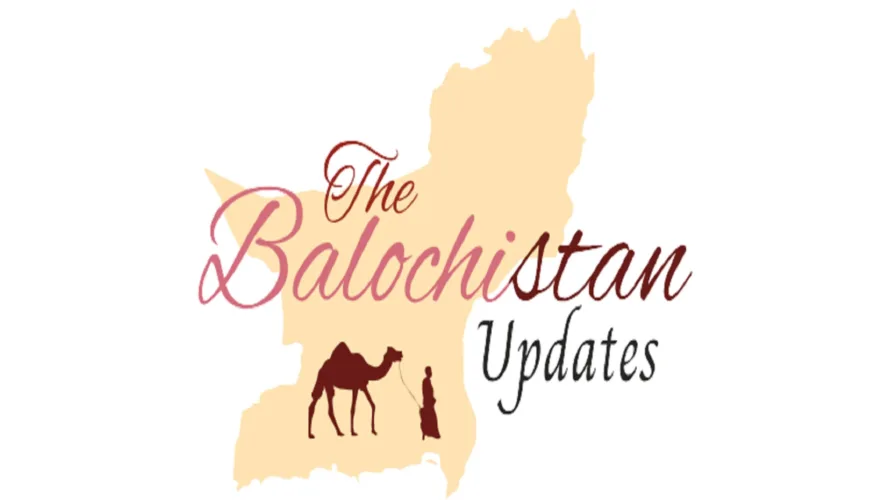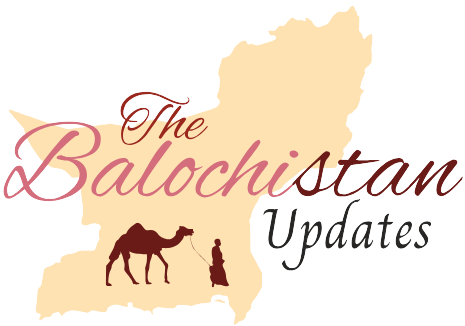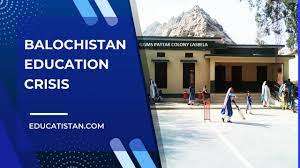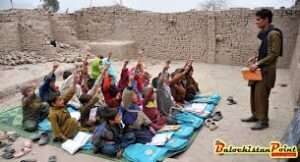Deprivation from a Basic Right
Education is often touted as the key to unlocking individual and societal potential. It empowers individuals to break free from the shackles of poverty, ignorance, and inequality. It is the cornerstone of a thriving democracy and a robust economy. Balochistan’s Education dilemma points out that this fundamental right remains tragically out of reach for a vast majority of its children.
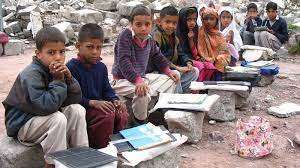
Latest Insights from Caretaker Education Minister
A grim report by the caretaker Education Minister Abdul Qadir Bakhsh Baloch throws light on the deplorable state of education in the province. The closure of 3500 schools due to an acute shortage of teachers paints a stark picture of neglect and indifference.
Deep Rooted Crises
This Education crisis, however, is not a sudden development, but rather the culmination of years of mismanagement and apathy. The Minister blames “political and departmental constraints” for the province’s inability to recruit teachers since 2019, while an alarming 300 teachers retire every month.
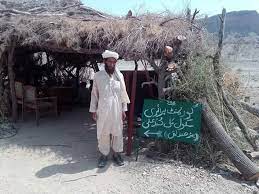
Alarming Statistics
The statistics are damning. Around 50% of the 12,000 open primary schools are forced to operate with just one teacher, leaving students deprived of the crucial individual attention and support they need to thrive. The lack of basic infrastructure further compounds the problem.
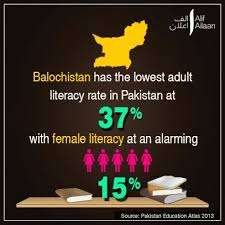
Shockingly, 5,500 schools have no building, 11,000 lack electricity, 10,000 have no water, and 1,800 do not have even basic sanitation facilities. It is no wonder then that an estimated 800,000 children of school-going age in Balochistan are denied their right to education. For those who are fortunate enough to attend a school, the learning environment is far from conducive to growth and development.
Main Reasons of Education Desaster
- The lack of qualified teachers
- coupled with the absence of essential facilities
- inappropriate atmosphere that hinders learning and stifles potential.
Sevior Consequences of the Negligence
The consequences of this educational crisis extend far beyond the personal lives of individual children such as:-
- It perpetuates a cycle of poverty and underdevelopment
- Depriving Balochistan of a skilled workforce and hindering its economic progress.
- Frustration and resentment bred by this neglect fuel social unrest and instability
- Posing a threat to the nation’s security and cohesion

Google Images by “Balochistan Point”
The recent floods that ravaged Balochistan further exacerbated the already dire situation. 5,500 schools were destroyed, and only 50 have been repaired to date. This lackadaisical approach toward rehabilitation reflects the chronic neglect that has plagued the province for decades.
Recommendations to the Authorities
It is time for the authorities to recognize the gravity of this situation and take decisive action. The lip service and hollow promises have yielded no results. Here are a few recommendations to be urgently done to control the situation.
- A comprehensive and well-funded plan is urgently needed to address the immediate and long-term challenges.
- Recruiting qualified teachers should be a top priority.
- Incentives must be offered to attract and retain educators
- Robust training programs should be implemented to ensure quality instruction.
- A concerted effort must be made to address the infrastructure deficit.
- Schools need to be rebuilt, equipped with necessities
- Provided with adequate resources to create a conducive learning environment.
Right of Balochistan
The people of Balochistan deserve better. They deserve access to quality education, not just for themselves, but for the future of their province and the nation as a whole. Investing in education is not just a moral obligation, but also a strategic imperative. A well-educated Balochistan is not only a dream, but a necessity, and it is a dream that must be pursued with unwavering commitment and dedication.
Steps Towards Secure Future
The future of Balochistan hangs in the balance. Let us not allow it to be stolen by neglect and indifference. Let us ensure that every child in the province has the opportunity to learn, grow, and reach their full potential. For in the education of our children lies the hope for a brighter future, not just for Balochistan, but for Pakistan as a whole.
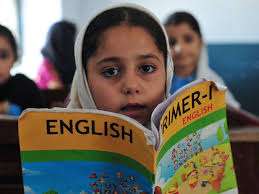
Conclusion
The dismal state of education in Balochistan, as highlighted by the report from the caretaker Education Minister, demands immediate attention and comprehensive action. The closure of thousands of schools, coupled with a chronic shortage of teachers and a lack of basic infrastructure, reflects systemic neglect over the years.
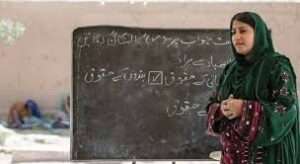
The consequences extend beyond the individual, perpetuating poverty, hindering economic progress, and posing threats to social stability and national security. Urgent recommendations, including a well-funded plan, teacher recruitment, and infrastructure improvements, underscore the critical need for a transformative approach.

Balochistan’s future hangs in the balance, and only through unwavering commitment to education can the province and the nation as a whole aspire to a brighter and more secure future.
